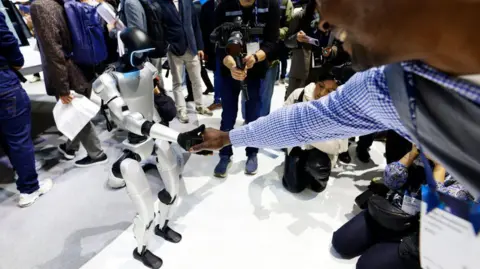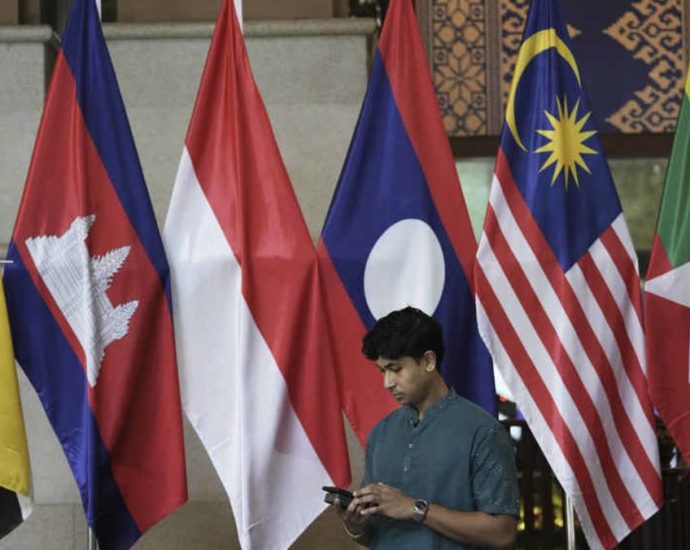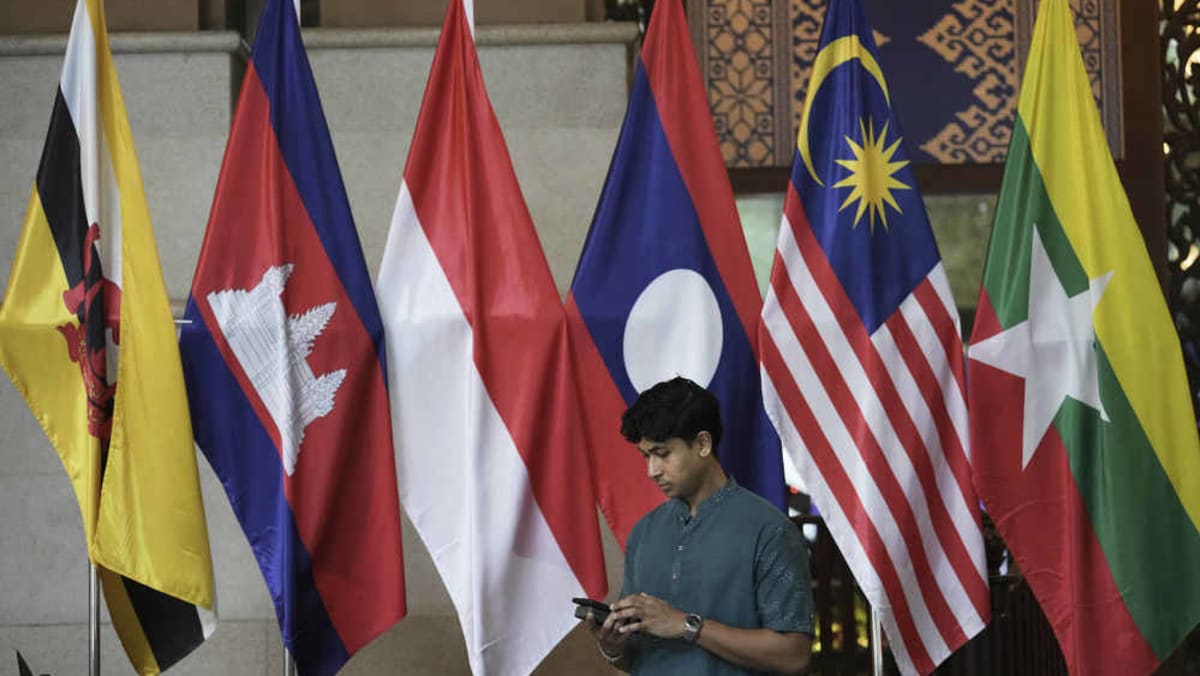Indonesia wants ‘fair and square’ trade in US tariff talks
Indonesia’s senior economic minister and top negotiator said on Friday ( Apr 25 ) that it wants a” fair and square” trade relationship with the US, giving its national interests precedence in the ongoing negotiations over US tariffs. Since last week, Sri Mulyani Indrawati and Airlangga Hartarto, the head ofContinue Reading



















